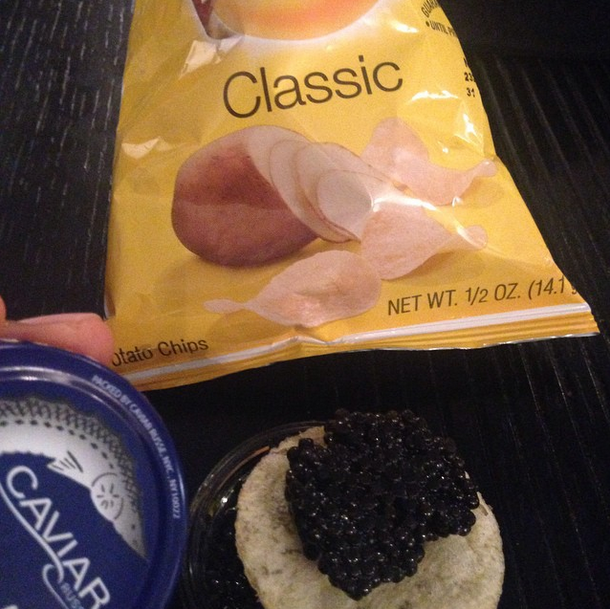
Early in his career (beginning in 1864), in his summer concerts with the NY Phil, Thomas attempted to introduce what he felt were the greatest symphonic pieces to the masses by mixing them with more popularly appealing music (and, indeed, performance gimicks, such as planting flutes in the trees). Theodore Thomas - Conductor/director of the New York Philharmonic and, eventually, the Chicago Symphony Orchestra. For example, it became much less acceptable to alter the art from the original writer or composer's text.

These changes were caused by symphony conductors, museum directors, theater directors, and critics calling for greater reverence of art by the audience. 2) The trend in the nineteenth century of certain kinds of culture becoming revered. Other 20th century artists and critics have attempted to do the same, as Levine discusses in the Epilogue. One of the main projects of modern art, as Levine notes, was to undermine cultural hierarchy. Eliot saying in 1903 that the "cultivated man" should not be exclusive. He also argues that they peaked in the early 20th century, and finds evidence of people such as Harvard President Charles W. Levine sees these trends mirroring the social stratification of American society at the end of the 19th century. At the same time, it was expected that his plays be delivered in a way that minimized the aristocratic and English values inherent in some of the stories. Indeed, Shakespeare came to be seen in the early 1800s as a quintessentially American cultural product most Americans were familiar enough with his work for their to be an endless variety of parodies. The audience at live performances was democratic all classes were represented and the audience participated as they would at a sporting event, hissing or cheering, stomping their feet or clapping their hands depending on their mood. Museums were less sharply organized, and might alternate between a show of ancient artifacts one week and a spectacle of twin dwarves the next. Shakespeare performances were mixed with shorter musical numbers, farcical pieces, etc. Prior to these developments soon-to-be-"highbrow" art including Shakespeare, opera, and fine art in museums had been presented as part of a hodge podge of culture. The result of this was to create an upper level of art that became less accessible to the majority of Americans.

They did this by suppressing audience "participation" in performances (teaching theater audiences to quietly, politely watch a performance) and by selectively separating certain art (through both presentation and description) into a hierarchy. Levine demonstrates the emergence of a schism in American culture towards the end of the 19th century as conductors, directors, curators, and critics began to elevate certain art.

Cambridge, Mass: Harvard University Press, 1988. Highbrow/Lowbrow: The Emergence of Cultural Hierarchy in America.


 0 kommentar(er)
0 kommentar(er)
